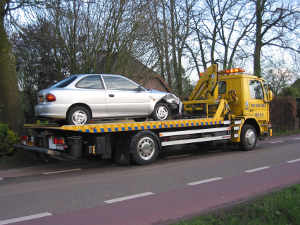How to Purchase the Best Semi-Truck Insurance

According to TBS Factoring Service, LLC, a new high-end semi-truck costs about $200,000, while a used one will cost around $180,000. Repairs and maintenance costs could add a few thousand dollars more to your expenses. If you want to add to your fleet, you could spend at least a million dollars on trucks alone.
Fit Small Business claims that owner-operators usually pay between $8,000 and $12,500 per year for insurance. International Used Trucks reports that the insurance for a used semi-truck costs about $9,000 to $15,000 per truck.
Of course, your insurance agent can help you get discounts, but most insurance providers will only allow a small percentage off. Some agencies, like Renegade Insurance, offer up to 20% off for all commercial truck insurance policies. However, there are some things you can do to lower your prices.
Experienced Drivers for Your Semi-Truck
Many factors affect your semi-truck insurance policy, one of them being your drivers. Insurance providers love low-risk clients, and they consider responsible, experienced drivers to be low-risk.
If you are the one driving your truck, make sure you’ve been a responsible driver for the past few years. If you employ drivers, make sure they have a valid driver’s license and are responsible drivers.
Pay Your Semi-Truck Insurance Premium on Time
Your company could be under the weather sometimes, with little money to invest in insurance. However, one missed premium can result in your coverage being canceled. Some providers may also raise your rates if not drop you.
If possible, agree on paying higher deductibles as well. A deductible is the amount of money you pay in case of a claim before your provider pays out.
Map Out Your Fleet’s Routes
While carrying cargo, your drivers can spend many hours driving. The longer they drive, the higher their chance of getting into an accident. Insurance providers consider your business route as one of the factors for deciding on your premium. Avoid high population areas, locations with high rates of robbery, areas prone to bad weather and natural calamities, and more.
Stay in Business
Newer businesses may pay higher prices for semi-truck insurance than those who’ve been in the industry longer. Of course, during the off-season or between jobs, you may be tempted to halt or permanently close your business. However, the longer your business operates, the higher the chances that an insurance provider considers you low-risk.






